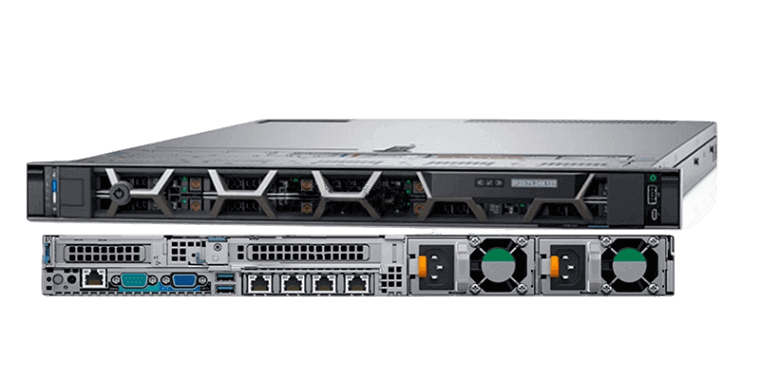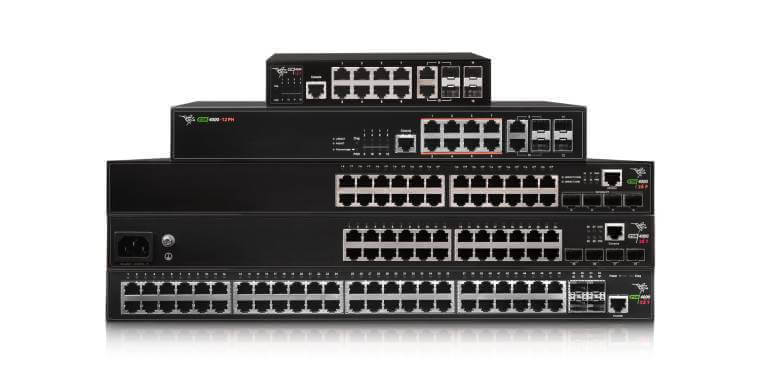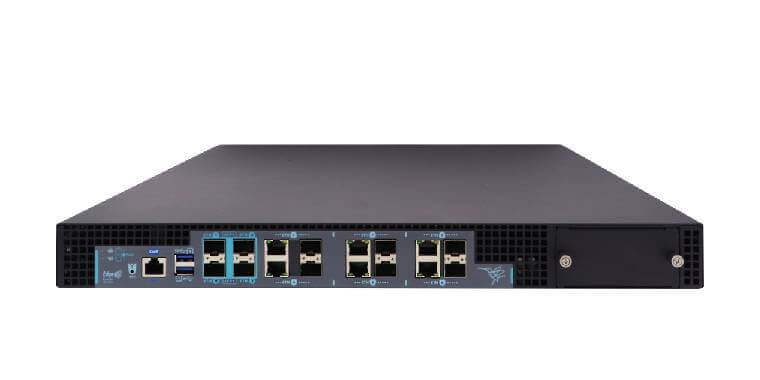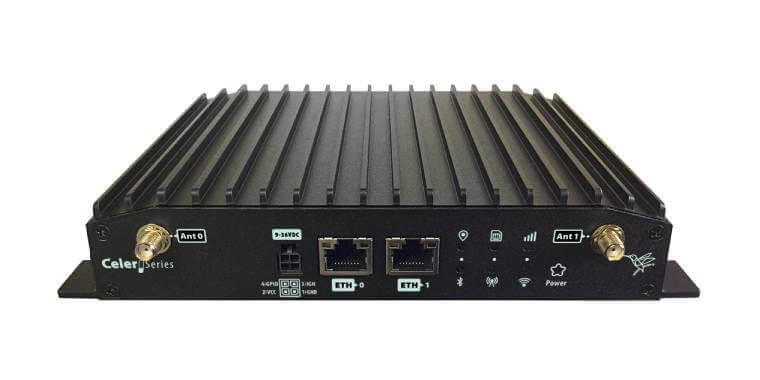Modern data centers demand high scalability, advanced network segmentation, and seamless workload mobility—especially in environments with virtual machines and containers. VXLAN (Virtual Extensible LAN) meets these needs by extending Layer 2 networks over a Layer 3 infrastructure, enabling connectivity between physical and virtual servers without the limitations of traditional VLANs.

Challenges of Traditional Networks
– Limited scalability: Standard VLANs (IEEE 802.1Q) support a maximum of 4,096 virtual networks—insufficient for large-scale environments.
– Restricted mobility: VLANs are tightly tied to the physical network topology, making it difficult to move workloads.
– Broadcast traffic and congestion: In large networks, high levels of broadcast and multicast traffic can lead to congestion and reduced performance.
– Inflexible infrastructure: Rigid network topologies hinder the ability to adapt to new business models and service expansion.
These challenges led to the need for a more advanced solution—one that could extend networks more efficiently and flexibly without constraints.
What is VXLAN and How Does it Work?
VXLAN, as defined in RFC 7348, is a network virtualization technology that creates virtual networks over Layer 3 infrastructure using UDP encapsulation. Its key features include:
1. Encapsulation and Tunneling
VXLAN encapsulates Ethernet frames within UDP packets, allowing traffic to traverse networks regardless of the underlying physical topology.
– VXLAN Network Identifier (VNI): A 24-bit field that supports up to 16 million virtual networks.
– UDP and IP headers: Used to transport encapsulated traffic.
– Transport over IP infrastructure: Allows logical segmentation without requiring changes to the physical network.
2. VXLAN Tunnel Endpoints (VTEPs)
VTEPs—deployed on switches, routers or servers—serve as the start and end points of VXLAN tunnels. They encapsulate and decapsulate traffic, allowing virtual networks to be extended without altering the physical infrastructure.
– Hardware and software compatibility: VXLAN can be implemented on both physical devices and virtualized platforms.
3. Scalability and Segmentation
The use of VNIs allows VXLAN to deliver flexible network segmentation, making it ideal for multi-tenant environments in data centers and both public and private clouds.
– Massive virtual network capacity: Supports significantly more isolated networks than traditional VLANs.
– Distributed data center support: Facilitates centralized management and seamless interconnection across geographically dispersed locations.
4. SDN Integration and Automation
VXLAN integrates smoothly with Software-Defined Networking (SDN) solutions, supporting centralized control and network automation to enhance operational agility.
– Real-Time traffic optimization: Enables dynamic adjustments to improve performance.
– Interoperability: Compatible with technologies such as OpenFlow, BGP-EVPN, and NVGRE.
5. Broadcast Traffic Reduction
VXLAN uses techniques like multicast emulation and head-end replication to limit broadcast traffic and maximize bandwidth efficiency.
– Reduced network congestion: Minimizes the burden on traditional switches, enhancing overall efficiency.
– Optimized resource use: Streamlined traffic segmentation leads to fewer collisions and a better user experience.
VXLAN Use Cases
VXLAN has become widely adopted across industries due to its flexibility and scalability. Common use cases include:
- Data Centers: Enables seamless interconnection of virtualized servers across different locations, eliminating physical constraints.
- Hybrid Cloud Environments: Provides secure, efficient connectivity between on-premises infrastructure and cloud platforms.
- Enterprise Networks: Improves network segmentation and enhances data security in complex corporate environments.
- Service Providers (ISPs): Simplifies customer network management in multi-tenant scenarios.
How VXLAN Compares to Other Technologies?
While other technologies like MPLS and GRE also support network extension, VXLAN stands out for several key reasons:
- Unmatched scalability: Supports up to 16 million VNIs compared to 4,096 VLANs.
- Seamless integration: Operates over existing IP infrastructures with minimal changes.
- Lower complexity and cost: Easier and more affordable to implement than MPLS.
- Optimized for SDN and automation: Ideal for modern, software-defined network environments.
Conclusion: Why Choose VXLAN?
VXLAN has transformed network design by offering a scalable, flexible, and efficient solution for workload mobility and network segmentation. Its ability to operate over standard Layer 3 infrastructure makes it particularly suited for data centers and cloud environments. Combined with its support for SDN and automation, VXLAN is a preferred solution for enterprises seeking to modernize their network infrastructure.
At Teldat, we’re committed to innovation in networking. Our solutions integrate VXLAN to deliver advanced segmentation, optimize traffic flows, and provide the flexibility that modern businesses require. We support our customers’ digital transformation journeys with cutting-edge technologies that enable long-term growth.


























